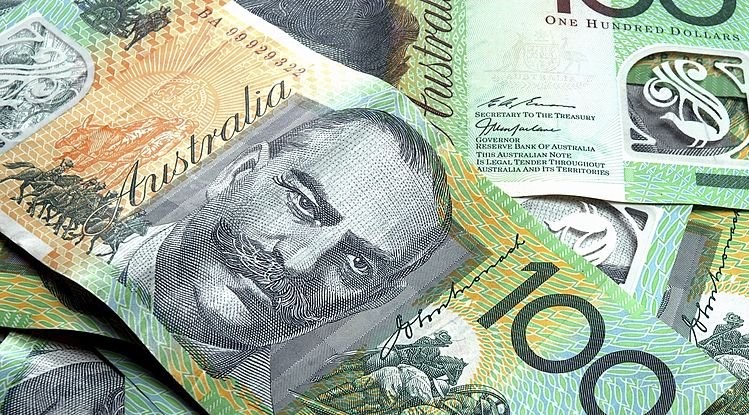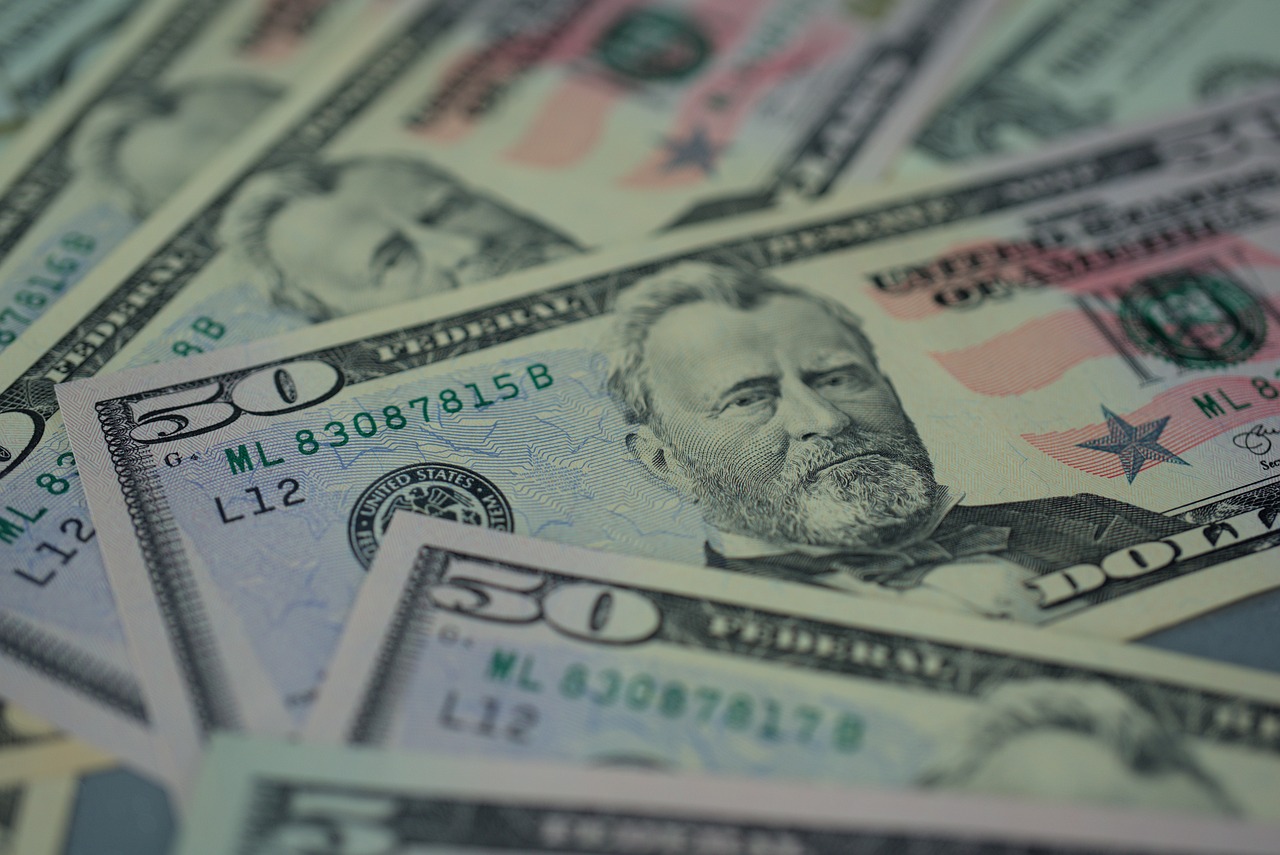What has the Australian dollar been doing?
Benjamin Clark - 2024-03-07 10:24:10.0 2817

The Australian dollar (AUD) saw a prosperous trend throughout December at the end of last year.
However, at the start of 2024, the AUD FX rate has been on a general plummeting trend.
Since the opening of January, AUD has fallen continuously, more and more violent especially after mid-to-late January. The rise before the end of last year was almost completely offset.
Finally from February 5, the AUD against the RMB exchange rate downward trend temporarily stopped, also ushered in a small wave of gains.
And on February 14th the single day decline was huge, making people wonder how many valentines became heart broken that day?


Why did the Australian dollar plummet?
1. The US inflation rate rebounded, and the interest rate cut was postponed.
The inflation rate data of the United States in January 2024 was released. Relatively speaking, the inflation rate in the United States continued to decline, but the speed of decline was lower than expected.
Obviously, the speed of decline in the inflation rate is inconsistent with the optimistic expectations of the Federal Reserve. This also further reduces the possibility of the Fed cutting interest rates in advance.
Earlier, the governor of the Federal Reserve has revealed that he will not cut interest rates in February, or even consider cutting interest rates in a short time, which has caused the Australian dollar exchange rate to plummet once.
Now, after the release of the new inflation rate data in the United States, the Federal Reserve may not consider cutting interest rates until June this year.
2. China's economy slowed down and commodity prices fell.
In the past one or two years, the trade of bulk commodities, which once greatly promoted Australia's fiscal revenue and foreign trade income, began to have problems.
The prices of some major commodities exported by Australia have fallen sharply. This landslide mainly occurred since the beginning of this year. Such problems have appeared in prices of iron ore, lithium ore, coal mine and natural gas, among which, iron ore and lithium ore are more related to China's economy.
Inflation in Australia is also declining faster, which makes people start to talk about when the Reserve Bank of Australia will start to cut interest rates.
3. Australia's domestic economy is weak
Inflation in Australia has been going down recently. Consumer confidence fell by 1.3% in January, compared with an increase of 2.7% before.
In December, the inflation rate of TD Securities in Australia increased by 5.2% year-on-year, higher than the 4.4% in November.
Australia's job advertisements increased by 0.1% in December, compared with the previous decline of 4.6%.
The consumer price index (CPI) of Australia in December showed that the recent inflation data was lower than expected, which intensified the market discussion on when the Reserve Bank of Australia started to cut interest rates.
But a lot of friends who need to pay tuition are really joyful about this wave of decline~
However, from February 15th, the Australian dollar has a clear upward trend, and broke through 4.7 on February 19th, and kept 4.7+ until February 26th.

What exactly is causing this rise of AUD?
1. US Dollar strength will be challenged
At the FOMC meeting last December, the Federal Reserve hinted at the possibility of a policy shift, which triggered a significant increase in investor expectations for a rate cut.
Currently, the Chicago Mercantile Exchange's FedWatch tool shows that traders expect the Fed to have as much as a 66.9% probability of initiating a rate-cutting cycle at the March 20 rate-discussion meeting, and expect the probability of a cumulative 150 basis points cut by the end of this year to reach 59.8%.
In addition, the Fed predicted at its last monetary policy meeting late last year that it would cut rates by 75 basis points by 2024.
This suggests that the Fed may take a more aggressive monetary policy tone in the shorter term, compared to Australia, where rate cuts may come a little later in the move
In such a situation, it is very difficult for the US dollar to continuously maintain its upward trend. Therefore, it is highly possible that the Australian dollar will slowly rebound after bottoming out, which is the current rebound; however, it should be difficult to see the extremely strong Australian dollar.
2. China's strong economic recovery
According to China's National Bureau of Statistics, GDP grew by 5.6% year-on-year in the fourth quarter of 2023, which was higher than market expectations, and the overall economy is on an upward trend.
As the Chinese government launched a series of sound growth policies and the domestic prevention and control continued to improve, the economy and society gradually returned to normal order. The economic recovery trend has strengthened.
China accounts for nearly one-third of all Australian exports, thus making the Australian economy largely dependent on China’s demand.
Growth in China's economy typically leads to increased demand for Australian goods and services, which boosts Australian exports and provides growth opportunities for the Australian economy. This growth has a direct influence on the value of Australia's currency, often leading to an increase in the AUD FX rate.
At the same time, more Chinese investment is likely to flow into the Australian market, boosting its economy. Together, these factors will increase demand for the AUD, which will drive its FX rate higher.


